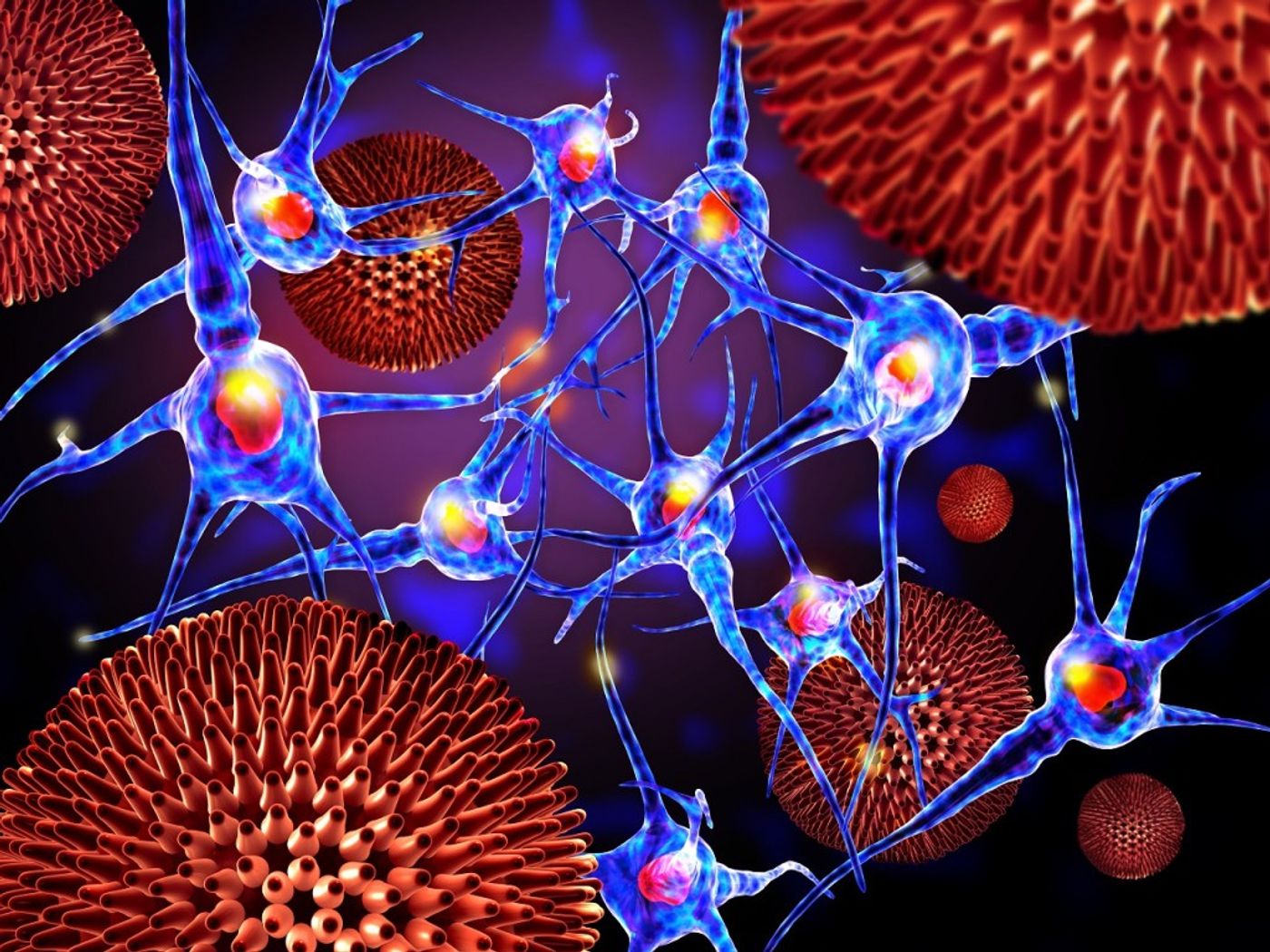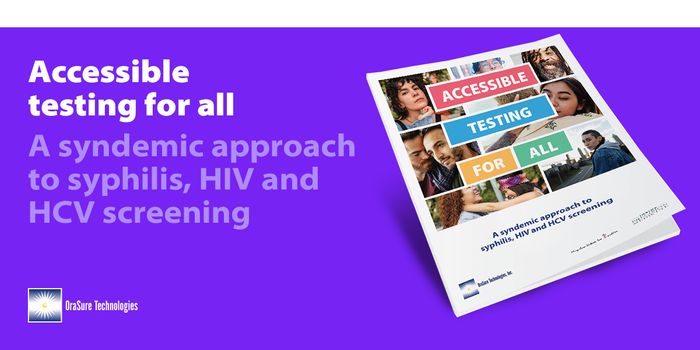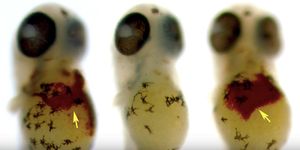Age-associated B Cells Trigger Several Autoimmune Disorders
Age-associated B cells (ABCs) were discovered in 2011 to be phenotypically and functionally unique cells common in the spleen, blood, and bone marrow. However, not much more was known about what role ABCs played in the immune system; now a study from scientists at National Jewish Health reveal the secret behind the function of ABCs: a trigger for several autoimmune diseases.
Autoimmune diseases like lupus, Crohn’s disease, and multiple sclerosis disproportionately affect women; nearly 80 percent of autoimmune patients are female. Researchers are hopeful that the recent discovery will lead to both a new therapeutic target to prevent and treat autoimmune reactions as well as provide an explanation for why females appear to be more prone to autoimmune diseases than males.
How it works
Past investigations of ABCs connected the mysterious cells to “appropriate humoral responses” as a result of infections or other things commonly recognized by the immune system to keep the body healthy. However, the new study indicated a new role for the cells that serves the opposite purpose.
Peering into B cells, researchers found that a transcription factor called T-bet induces ABC development when three B cell surface receptors are simultaneously stimulated: TLR7, interferon-gamma, and a B cell receptor. “We believe the same process occurs in humans with autoimmune disease, more often in elderly women,” explained an investigator involved in the study, Kira Rubtsova, PhD. "Our findings for the first time show that ABCs are not only associated with autoimmune disease, but actually drive it.”
The researchers confirmed the relationship between T-bet expression, ABC induction, and the triggering of autoimmune diseases by suppressing intracellular T-bet expression, which ultimately protected autoimmune-prone mice from disease.
Rubtsova and her team are also interested in studying ABCs and their potential relationship to diseases outside of autoimmunity, including sarcoidosis, hypersensitivity pneumonitis, and chronic beryllium disease.
The present study was published in the Journal of Clinical Investigation.
Sources: Journal of Immunology, National Jewish Health









